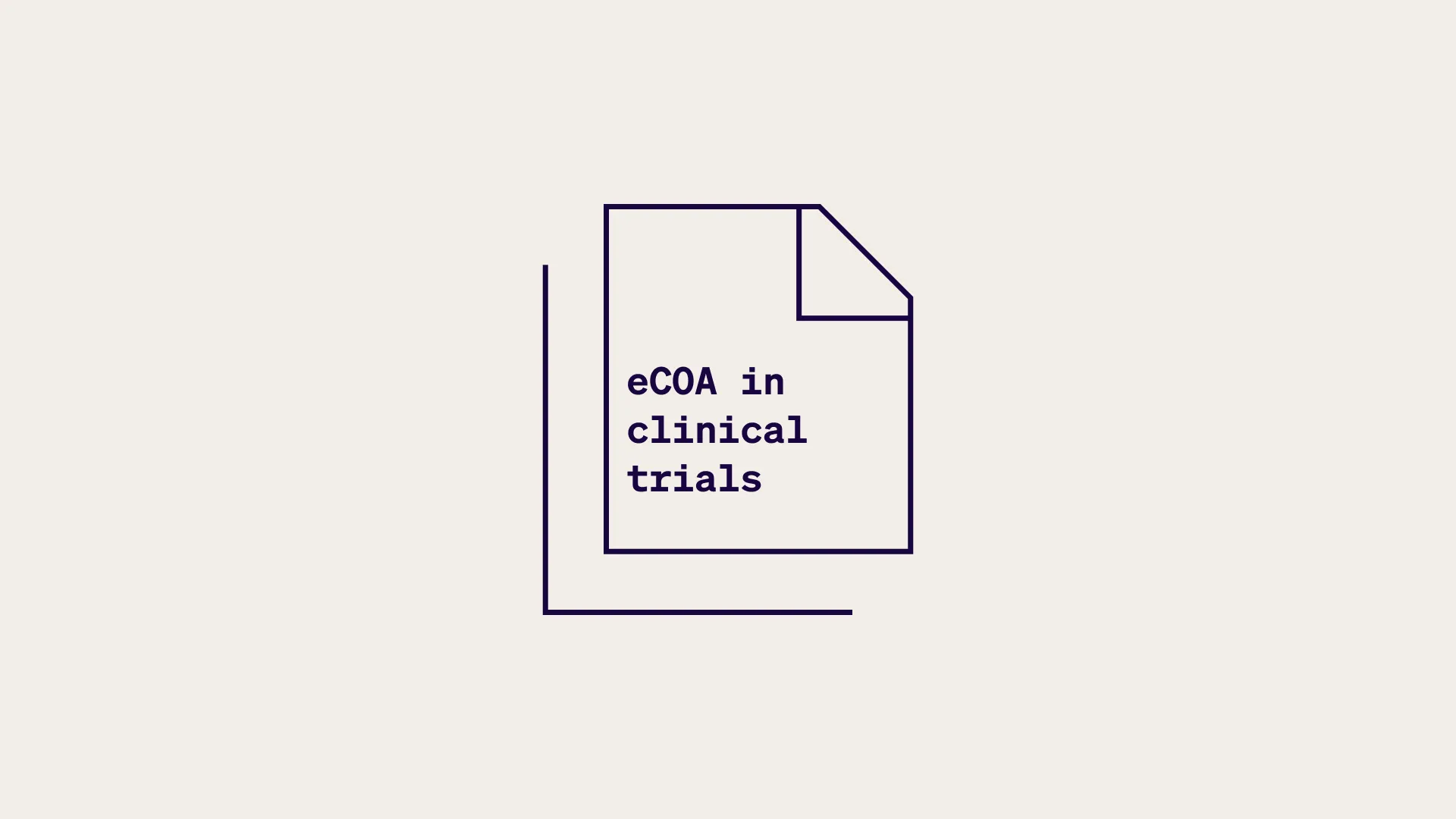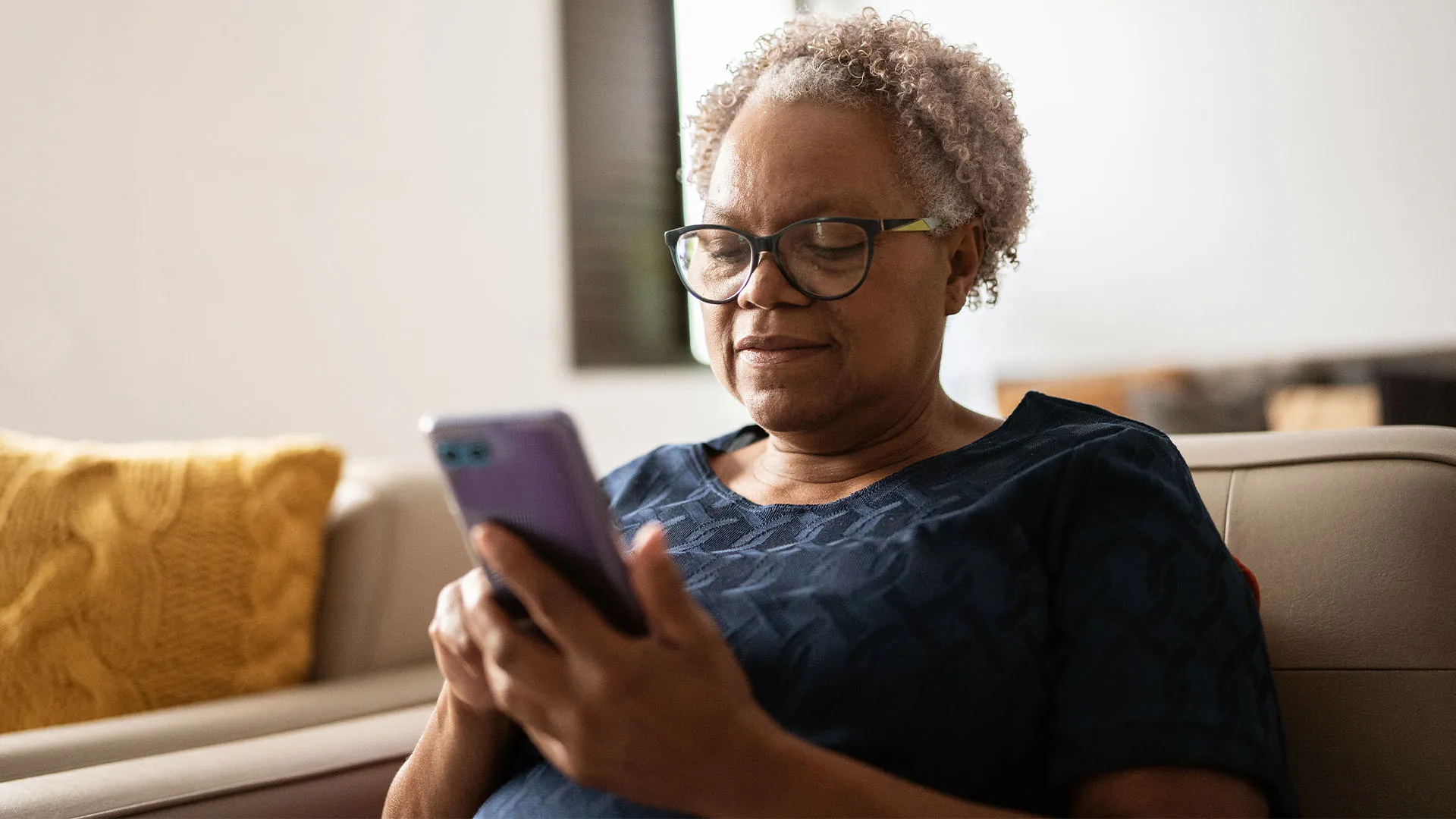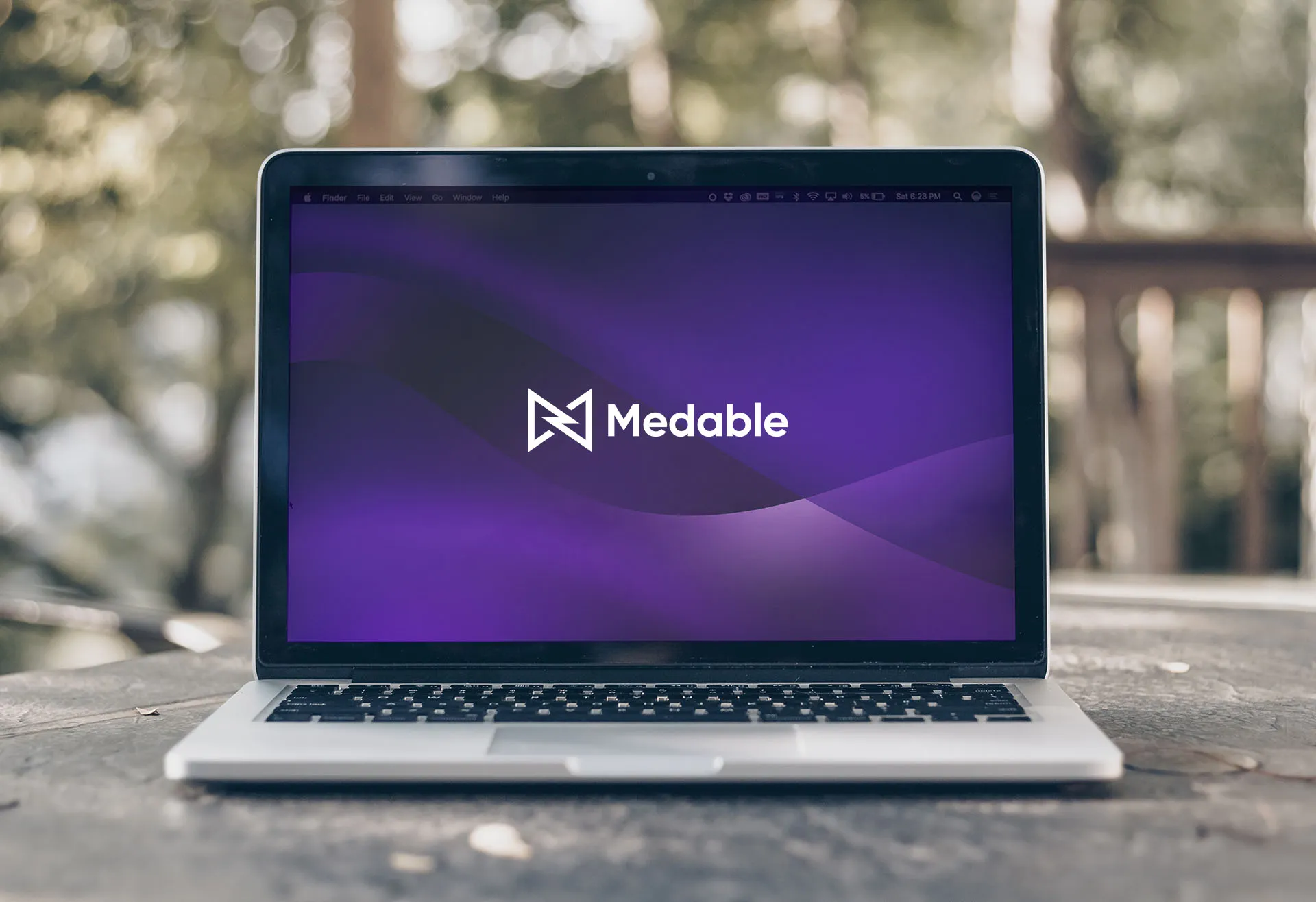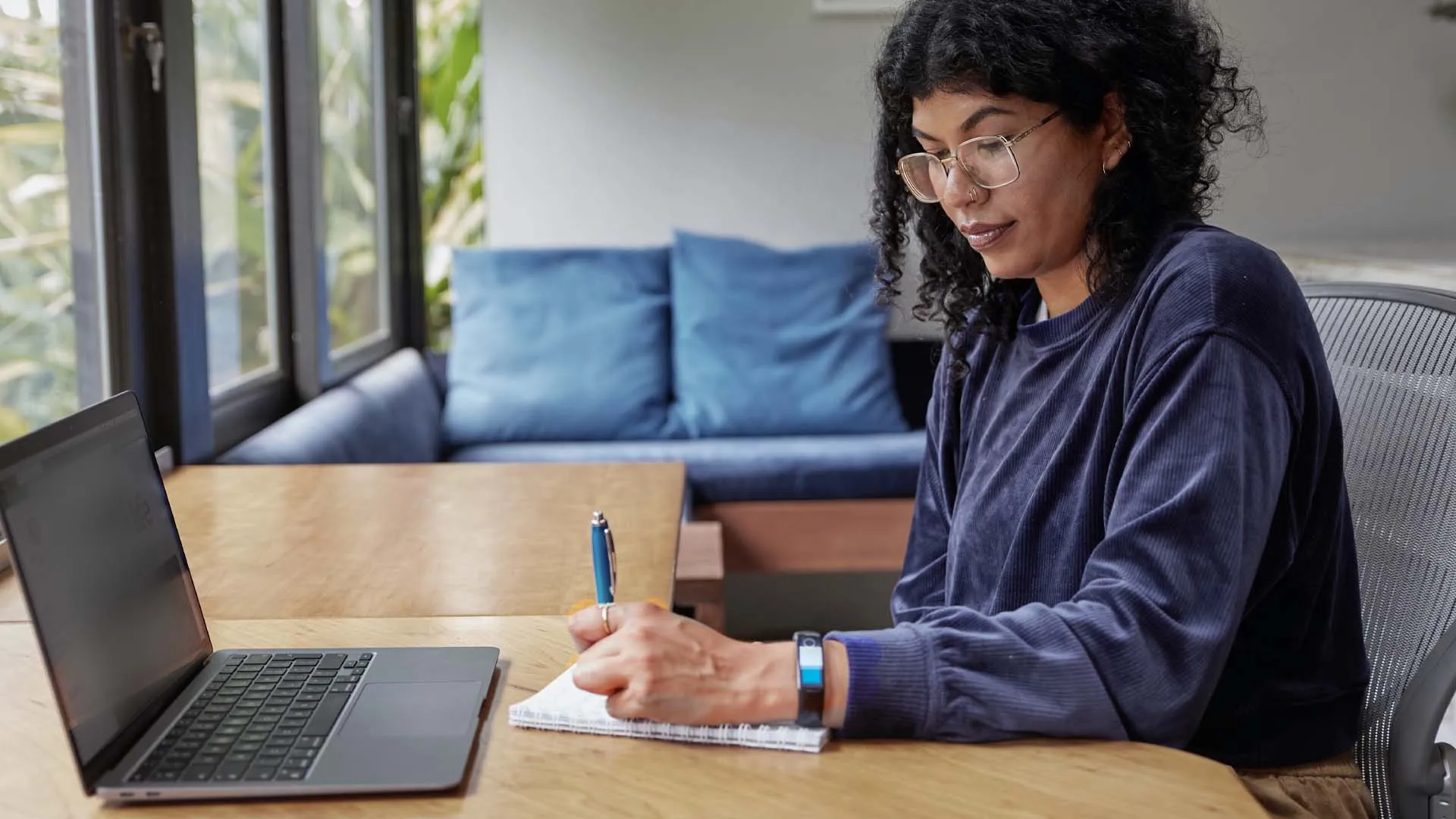Patient Experience


Leveraging eCOA to improve patient adherence in clinical trials
Discover how advanced eCOA platforms improve patient adherence, ensuring reliable data and faster trial completion. Explore real-world successes, including adherence rates exceeding 90% in diabetes and oncology studies, powered by Medable’s eCOA (electronic clinical outcomes assessment) solutions.


How eCOA vendors drive innovation in clinical trials
Discover the transformative role of eCOA (electronic clinical outcomes assessment) vendors in modern clinical trials. From seamless integration and AI-driven analytics to patient-centric design, learn how leading platforms like Medable’s eCOA+ enhance efficiency, compliance, and data quality.


Use case: How a top-10 pharma digitized and standardized participant pain body maps
A top-10 pharmaceutical company was looking to standardize the conduct of their diabetic polyneuropathy trials for future use.
Specifically, the client was looking to digitize their paper “body map” forms. These are used by participants to indicate the severity of pain on their bodies.
Traditionally administered on paper, body map assessments had been a source of potential inefficiencies and errors.
The client’s goal was to co-create and own their body maps, while simplifying and streamlining the process for future trials.


Bringing empathy into the digital environment
Learn best practices to incorporate empathy and human interaction in the digital environment with attentive listening, building relationships with sites, promoting clinical trial technology implementation, and learning from other industries that have successfully transitioned to digital.


2024 Predictions: Digital Advancements in eCOA and Clinical Trials
As we look ahead to 2024, the landscape of clinical development is poised for significant advancements in digital and artificial intelligence. As leaders in clinical outcome measurement and innovation, our team at Medable is mission driven to continue to accelerate clinical development timelines with transformation technology.


Optimizing Evidence and Design Using the Patient’s Lens
Uncover how to work with patients to shape everything from protocols to data collection.


You asked, we answered: How to Create Your own Multimedia Library for Informed Consent
An often quoted analogy for recruitment into clinical trials is that of the ‘leaky pipe’. In this analogy potential participants drop out of the recruitment funnel at every stage in the process from identification, pre-screening, consenting, screening, randomisation and trial completion.
Research in 2020 [1] showed that of 100 participants identified for pre-screening, only 8 will be randomized, and only 7 will complete the trial. Given that a recent review with the Medable Patient Champion Network (PCN) highlighted that the paper consent process was often considered as ‘intimidating’, the fact that up to 80% [2] of potential participants are lost during the consent process is not surprising. Metrics such as these highlight the importance of being able to provide a potential participant with the details of a clinical trial in a manner that both engages and educates them. This helps ensure that their very first experience with the trial, and at times the research facility, sets the tone for a positive trial experience.
Once enrolled into a clinical trial, the process of educating a participant and ensuring the consent form is understood, has a direct impact on their retention. Research from CISCRP [3] showed that 35% of participants that dropped out early from a clinical trial found the consent form difficult to understand, compared to only 16% of participants that completed their clinical trial.


Unlocking Patient Engagement: Enhancing the Clinical Trial Experience with Consumerization
In this panel discussion, industry experts from Uber Health, iXlayer, and Medable will discuss the rise in technology adoption has also raised the expectations of trial participants, who now seek simpler, more consumer-like experiences in clinical design.


Patient perspectives: Oncology preferences from patients and caregivers on trial technology
This summary looks at DCT patient and caregiver preferences regarding eConsent, telehealth, wearables, and other digital technologies in the area of oncology. There are differences noted between age, gender, and specific types of cancers.
During the pandemic, there was a surge in telehealth visits in medical oncology. Some of the telehealth benefits include convenience, the immediacy of results, news processing, family comfort, and privacy during the receipt of bad news. Although patient preference is individual in nature, there are some common themes. Telehealth has also increased access to medical care and clinical trials (Granberg, et al 2021).
A randomized study for patients undergoing radical prostatectomy showed that those who do accept telehealth visits report a positive view of telehealth. Another study shows that 92% of patients who had telehealth visits were satisfied with the visit. A survey reported that 32% of thyroid cancer patients reported video-based healthcare. Another advantage of telehealth noted by patients is the convenience, especially for short visits with a long commute. The COVID-19 pandemic has had a large positive influence on video visits. These studies noted that only included patients who spoke English and accepted video visits (Granberg, et al 2021).


ePRO Case study: Better options and outcomes oncology trials.
Medable worked with a top 5 pharma company to increase the safety of patients as anti-cancer treatments may cause pulmonary toxicity, ranging from asymptomatic radiological changes to respiratory failure, and is considered a common side effect.


White paper: Tips for tailoring eConsent for optimal patient centricity.
Use a consent experience that’s designed to meet the needs of patients, while educating and engaging them each step of the way. Read our free white paper to learn eConsent tips from patients themselves, and improve your patient retention.

White paper: The building blocks of DCT. How to create a seamless experience across eConsent, eCOA and more
Combining multiple market solutions at the site level can result in a negative experience due to different processes, login credentials, and redundant training. A unified DCT platform that works seamlessly with other core clinical systems to streamline workflows and simplify key trial processes.


.webp)
